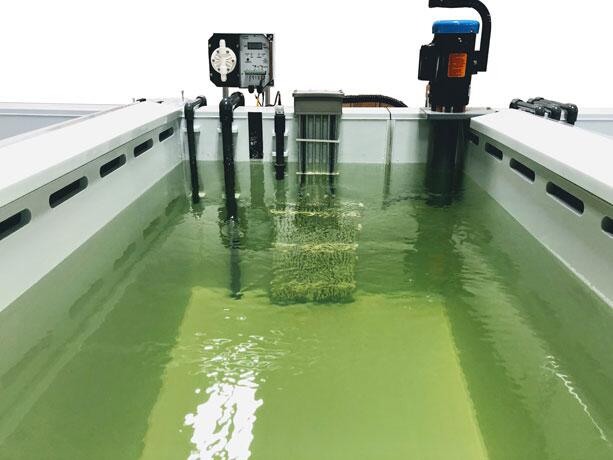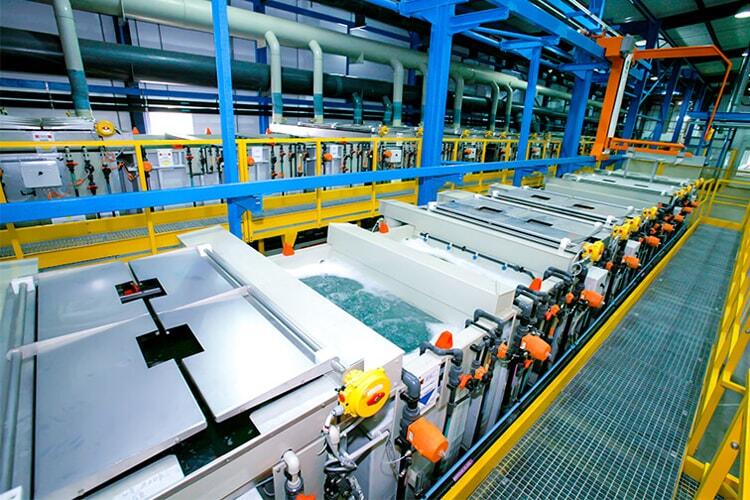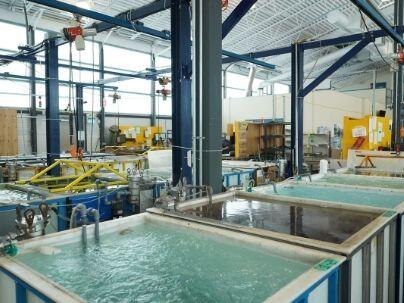BETTER TOUCH BETTER BUSINESS
Contact Sales at Lori.
First, Chemical Methods
This method has no current effect, and uses chemical substances to interact with each other to form a coating layer on the surface of the part. The main methods are:
1.Chemical Conversion Film Treatment
In the electrolyte solution, the metal part has no external current effect, and the process of the interaction between the chemical substances in the solution and the part to form a coating on its surface is called chemical conversion film treatment, such as metal surface bluing, phosphating, passivation, chromium salt treatment.
2.Chemical Plating
In the electrolyte solution, the part surface is treated by catalysis, no external current effect, in the solution because of the reduction effect of chemical substances, some substances are deposited on the surface of the part to form the plating process, known as electroless plating, such as electroless nickel plating, electroless copper plating, etc.

Second, Electrochemical Methods
This method uses an electrode reaction to form a coating on the surface of the part. The main methods are:
1. Electroplating
In the electrolyte solution, the part is the cathode, and under the effect of external current, the process of making its surface a coating is called electroplating. The coating can be metal, alloy, semiconductor or containing various solid particles, such as copper plating, nickel plating, etc.

2. Oxidation
In the electrolyte solution, the part is an anode, under the effect of external current, the process of forming an oxide film on its surface is called anodizing, and the aluminum alloy surface constitutes an aluminum oxide film.
3. Electrophoresis
The part is placed as an electrode in a conductive water-soluble or water-emulsified paint and forms a solution circuit with another electrode in the paint. Under the effect of electric field, the paint solution has dissociated into charged resin ions, the cation moves to the cathode, and the anion moves to the anode. These charged resin ions, along with adsorbed pigment particles, are electrophoretic on the surface of the part to form a coating, a process called electrophoresis.

The surface treatment processes above are widely used in many fields such as construction, electronics, aerospace and automotive, and are of great significance to improve the performance, beauty and durability of products.
Copyright © 2025 Shenzhen Lori Technology Co.Ltd. | All Rights Reserved.